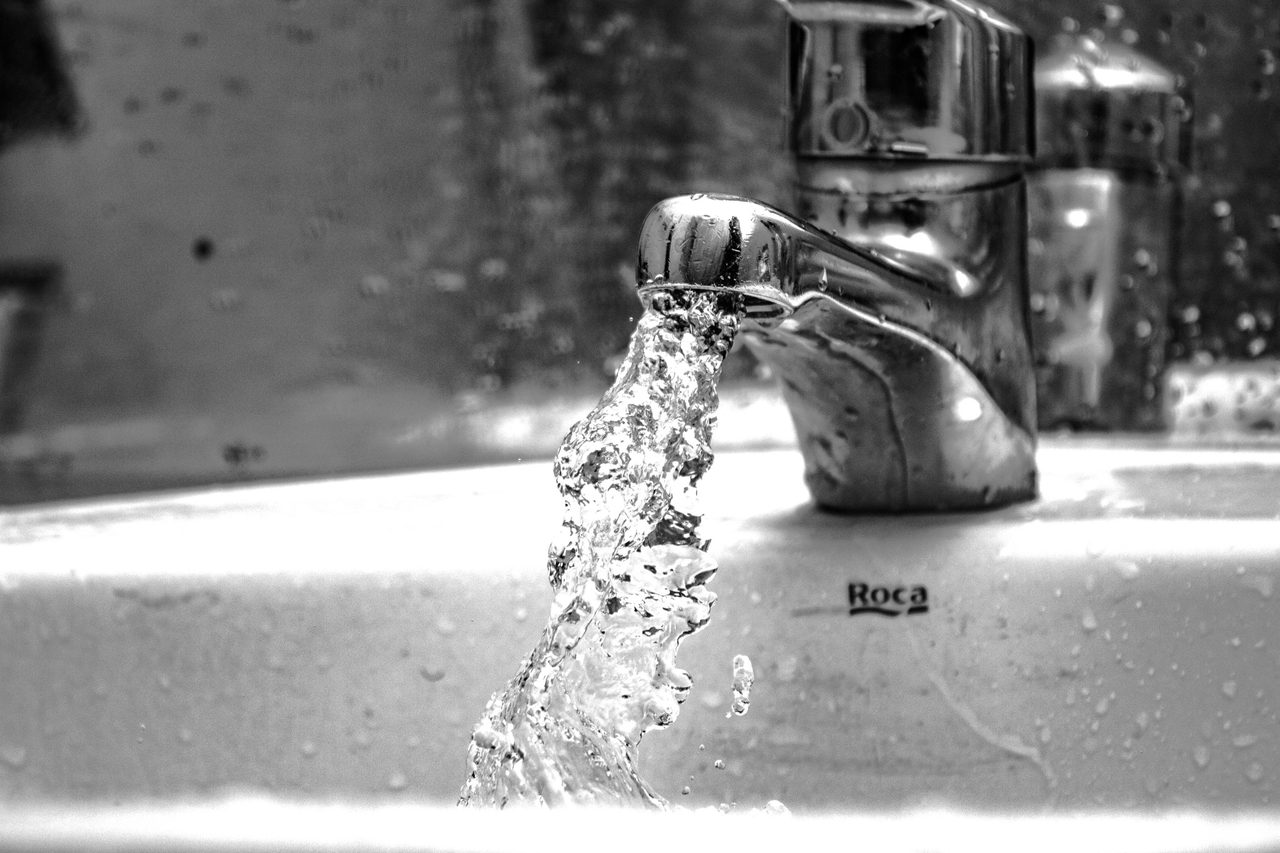
Commissioning
Stop Overlooking Domestic Hot Water Systems
Commissioning DHW systems is important from design through startup and balancing.
SCROLL
In my experience, domestic hot water (DHW) seems to be one of the most disrespected and overlooked building systems in the design/construction industry. I’m writing this month to raise awareness of the importance of commissioning DHW systems from design through startup and balancing.
This current state of disregard could be because a poorly performing DHW system is not a critical issue in many buildings. If DHW primarily exists for employee, student, or visitor hand-washing, few people are going to make a big stink about cold or tepid water coming out of restroom or breakroom faucets. Sure, they’ll complain, but they are not likely to quit their jobs or otherwise not return to the building because of it. In smaller versions of these facilities, the DHW systems could simply be single water heaters and a short recirculating hot water loop. However, as the buildings get larger and taller, delivery of DHW to restrooms and breakrooms becomes a nontrivial issue.
The story is different for hotels, multifamily housing units, health care buildings, and other large facilities, where delivering DHW at a proper temperature within a reasonable period of time is mission critical. These facilities almost always require a nontrivial DHW system, which means there are more things to go wrong. Commissioning is uber-important to achieving acceptable DHW service on day one.
In the simplest terms, the owner’s project requirements (OPRs) for a DHW system could be, “Deliver 120ºF ±5º to all DHW fixtures at all times within 30 seconds of opening each fixture after an extended period of non-use.” The OPR could also be more complicated with a variety of temperature requirements for different users (kitchens, laundry centers, or process equipment), minimum and maximum water pressure criteria, etc.
Just because the OPR is easy to articulate does not mean achieving the performance criteria is simple. There are three primary issues for DHW: (1) capacity control, (2) temperature control, and (3) flow control.
Capacity control is primarily a design function. DHW storage tanks and/or instantaneous water heaters need to be sized to allow the system to handle the peak DHW demand. For multifamily housing and hotels, this is typically first thing in the morning when occupants are showering/grooming for the day. Other building usages and demographics could have different peak times.
Temperature control can be straightforward with a bank of gas-fired tank water heaters, heat exchangers, or domestic water boilers working in parallel to maintain the set point DHW temperature. Things become more complicated when, in the interest of economical capacity control, DHW generated by these devices during off-peak hours is stored in a tank until it's needed during peak hours. This allows for smaller (less expensive) DHW-generating equipment while still meeting the building’s capacity needs.
Water stored in tanks typically needs to be maintained at temperatures in excess of 140º in order to avoid the growth of undesirable microorganisms in the tank. Some designs store water even hotter than that to further decrease the size of the central DHW system required to meet peak capacity demands. With a storage tank, it is necessary to cool the water to the desired fixture supply temperature (OPR=120º) before distributing it to the building. This is most often achieved with mixing valves that introduce cold water to the water, leaving the tank to maintain the set point DHW delivery temperature.
Finally, with respect to flow control, DHW needs to be circulated through a piping loop that passes near all DHW fixtures and returns to the central plant for reheating, as necessary, to keep the loop warm. This loop is intended to ensure 120º water is always close enough to each fixture to be delivered to each fixture within the OPR’s maximum delivery time criteria (30 seconds). This loop needs to be balanced, just like HVAC heating hot water and chilled water systems, to avoid short circuiting flow back to the central plant. Without balancing/flow control devices and a professional balancing process, the building owner will not be certain that DHW will reach the furthest fixtures fast enough when the first occupants need hot water.
Rebecca T. Ellis, P.E., CXA, CCP, BCxP
Rebecca Ellis is president of Questions & Solutions Engineering Inc. in Chaska, Minnesota. Email her at rebecca.ellis@qseng.com.
WWW.ESMAGAZINE.COM/ELLIS
Use this handy shortcut to see Rebecca’s entire online archive of commissioning insights.


